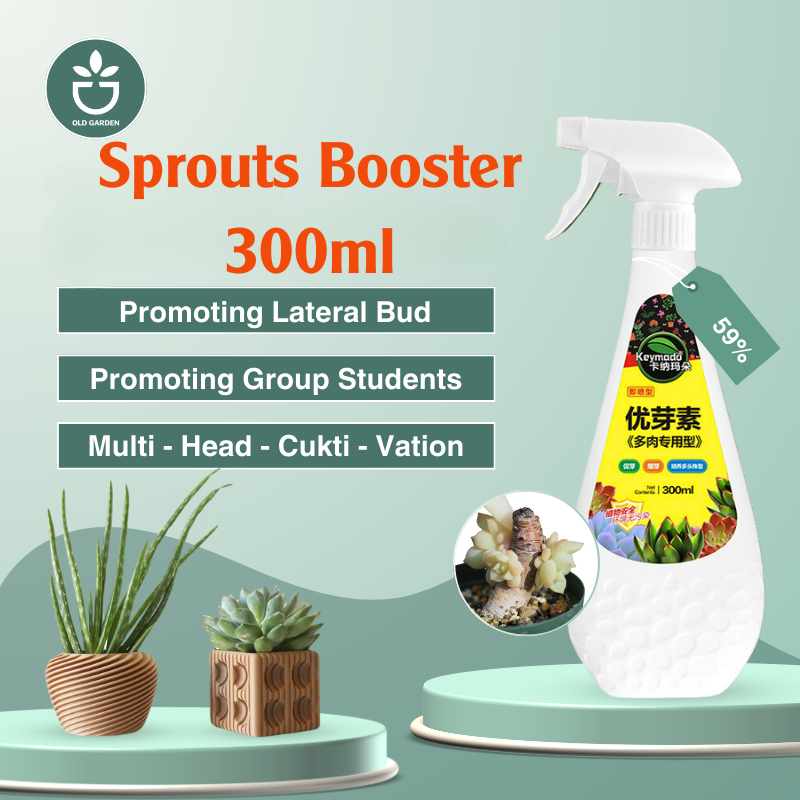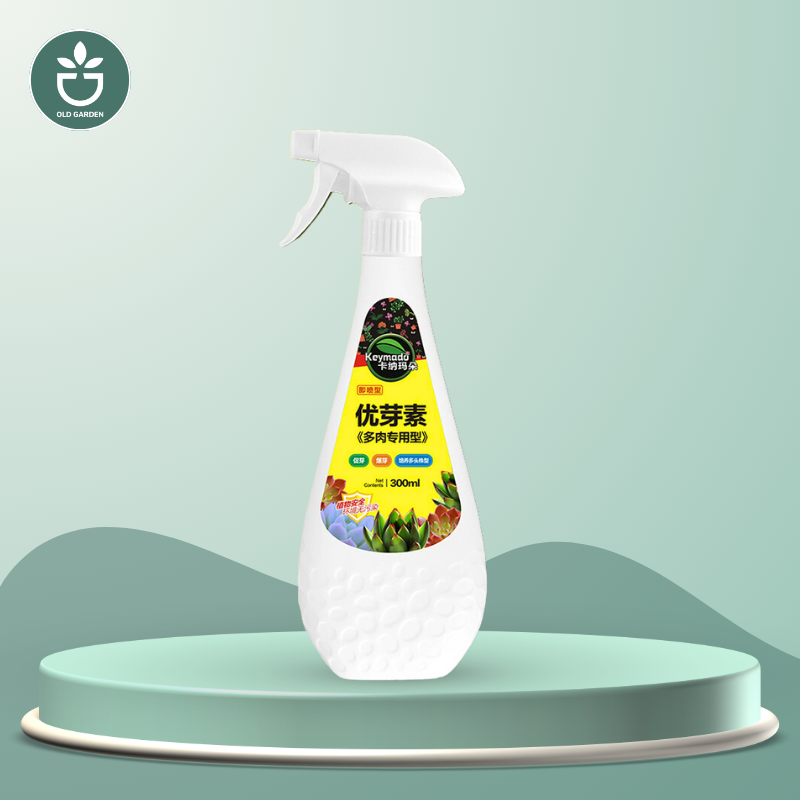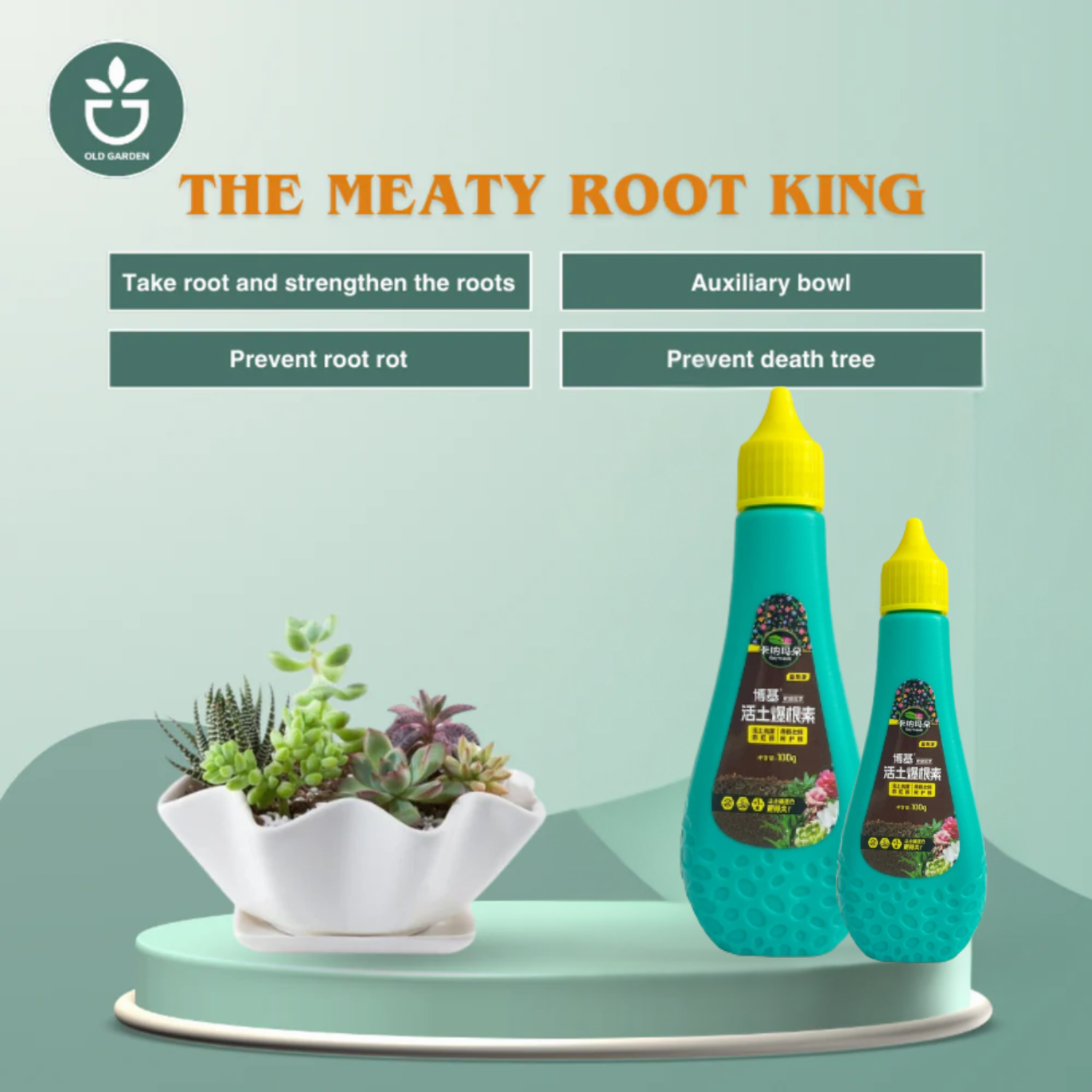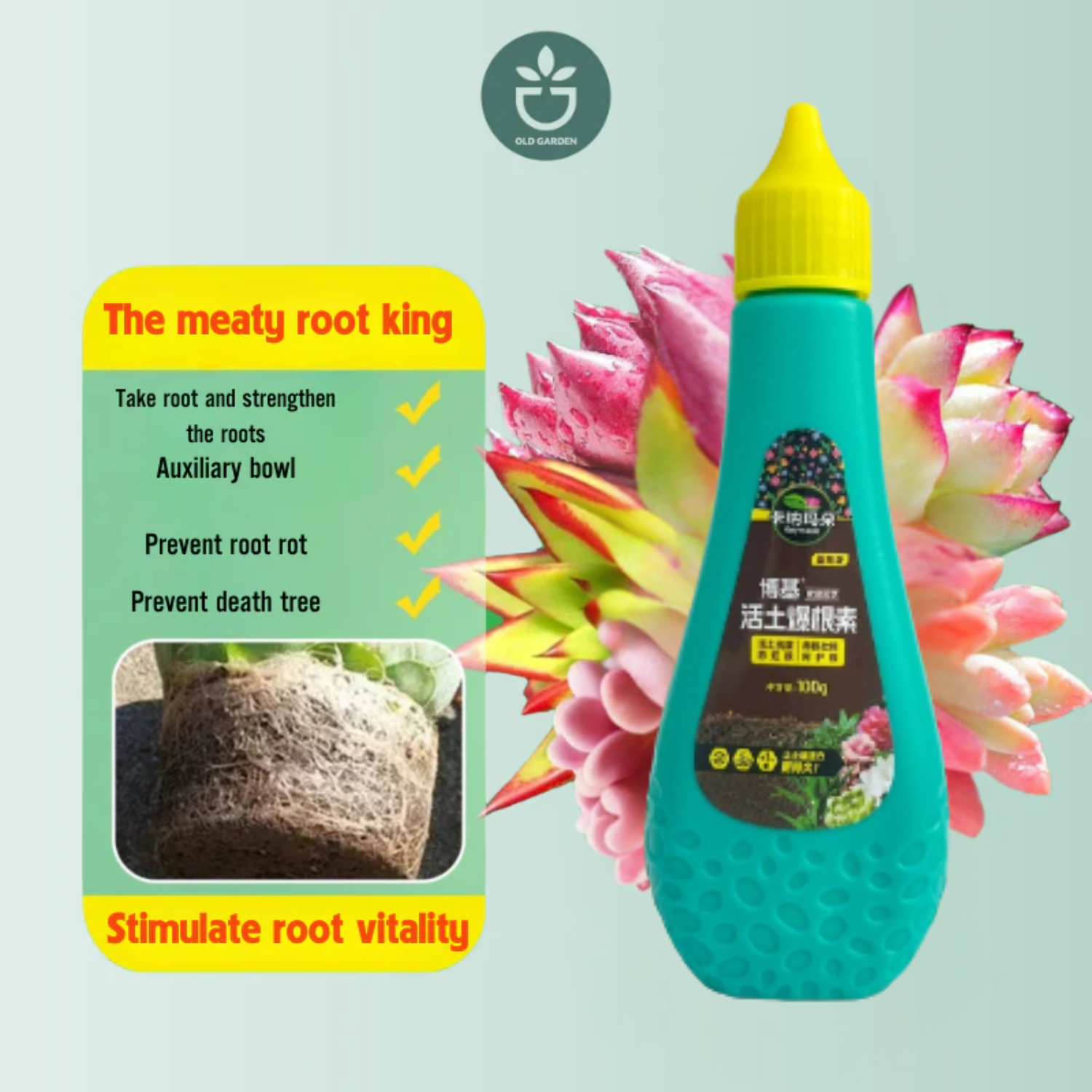Introduction
Succulents are popular houseplants that are known for their ability to store water in their leaves, stems, or roots. This allows them to survive in arid climates with minimal watering. However, in the summer months, succulents can face increased threats from diseases. The structure and physiology of succulents make them prone to certain issues when conditions are hot and humid. Succulents have fleshy, water-filled tissues that pathogens can easily invade. Their compact growth habit also promotes fungal and bacterial diseases. Plus, high temperatures combined with moisture accelerate disease development. Some of the most common summertime diseases in succulents include overwatering complications, fungal and bacterial rots, sunburn, and infestations of pests like mealybugs that spread disease. With proper care and preventative measures, succulent owners can help their plants stay healthy and avoid these harmful afflictions. This guide covers the major diseases to watch for and ways to prevent and treat them.
Overwatering
Overwatering is one of the most common causes of disease in succulents during the summer months. This occurs when the plant receives more water than it can absorb and utilize, leading to saturated soil and roots. The signs of overwatering include:- - Root rot - This is perhaps the most telling sign of overwatering. When exposed to excess moisture for too long, the roots will start to rot and turn brown or black. This prevents the roots from absorbing water and nutrients properly.
- - Soft, mushy leaves - With oversaturated soil, the leaves are unable to transpire moisture fast enough. This causes them to become overly plump and mushy. The affected leaves often start to yellow.
- - Leaf drop - As the roots rot and leaves mush up, the plant can no longer support itself and leaves start to yellow and drop off. This steadily weakens the plant over time.
- - Edema - This condition causes bumps, blisters or cracks on the leaves. It's the result of the cells rupturing from taking in too much water.
Underwatering
Underwatering is a common issue for succulents in the summer when the heat dries out the soil quickly. Signs of underwatering include:- - Wrinkled, shriveled leaves. The leaves will start to wrinkle and shrivel as the plant loses moisture. This is one of the first and most obvious signs.
- - Soft, mushy leaves. In severe cases of underwatering, the leaves will start to feel soft and mushy as they lose their firmness and rigidity.
- - Drooping or falling leaves. With inadequate water, the leaves will start to droop, sag, and potentially fall off the plant altogether.
- - Dull, faded appearance. An underwatered succulent will start to look dull and faded as it struggles. The vibrant colors will become muted.
- - Slowed growth. Lack of water prevents the plant from growing properly. You may notice very slow or stunted growth.
- - Brown, crispy leaves. If underwatering persists, the leaves will eventually turn brown and crispy around the edges as they dry out.
- - Plant collapse or death. In extreme cases, the entire plant can collapse and die if underwatered for too long.
Sunburn
Sunburn is one of the most common issues that succulents face during the summer months when the sun is at its strongest. It occurs when the plant receives too much direct sunlight, causing damage to the cells of the leaves and stems.Causes
Succulents prefer bright, indirect light. While they can tolerate some direct sun, especially in the morning, too much intense afternoon sun can quickly lead to sunburn. This is particularly true for indoor succulents that are not acclimated to full sun exposure. Other factors like reflective surfaces, recent transplanting, and lack of wind circulation can also increase the chances of sunburn.Identification
The signs of sunburn include:- - Light or bleached areas on the leaves and stems
- - Brown or black lesions, scorch marks, or dried areas
- - Wilting, curling, or wrinkling of leaves
- - Soft, mushy texture
- - Stunted or off-color new growth
In severe cases, the entire plant may be burnt and dried out. The affected parts often feel crispy or crumbly to the touch.

Prevention
To prevent sunburn:- - Gradually introduce indoor plants to increased light levels
- - Provide shade during the hottest part of the day
- - Use sheer curtains to filter harsh sunlight
- - Avoid placing plants against windows with direct sun exposure
- - Plant in areas with some wind protection
- - Mist leaves to cool the plant
- - Rotate pots frequently for even sun coverage
Pests
During the summer months, succulents can be susceptible to pest infestations. Two of the most common pests that affect succulents are mealybugs and aphids.Mealybugs are small, soft-bodied insects that can infest both indoor and outdoor succulents. They secrete a sticky substance called honeydew that leads to sooty mold growth on plants. Mealybugs suck sap from the plant, causing stunted growth, leaf drop, and decline. Infestations often start at the base of the plant.
Aphids are another common pest, especially outdoors. These small, pear-shaped insects cluster on young succulent leaves and stems, sucking sap. Heavy infestations cause yellowing, curling, and leaf drop. Aphids secrete honeydew which leads to sooty mold like mealybugs. Ants are also attracted to the honeydew and may farm and protect aphids.
Regular inspection of plants and early treatment can prevent major pest infestations. Using insecticidal soap, neem oil, or horticultural oils can help control populations. For heavy infestations, insecticides may be required. Be sure to isolate and quarantine infested plants to prevent spreading. Maintaining optimal growing conditions and plant health is key to preventing pests.
Fungal Diseases
Fungal diseases are some of the most common issues for succulents during summer months. The hot, humid conditions create an environment where fungal spores thrive. Two of the most prevalent fungal diseases are powdery mildew and rust.Powdery Mildew
Powdery mildew is one of the most widespread fungal diseases in succulents. It appears as a white or gray powdery coating on the leaves and stems of plants. This is caused by fungal spores that grow on the surface of the plant. Powdery mildew thrives in warm, humid conditions with poor air circulation. It spreads quickly between plants through wind, water splashes, and contact.Initial symptoms include white spots or powder forming on leaves. These spots spread, covering leaves and stems with a fuzzy coating. Infected leaves often become twisted, curled, or distorted. Powdery mildew can stunt growth, cause leaf drop, and even kill the plant if left untreated.
To treat powdery mildew, improve air circulation between plants. Prune off any infected leaves or stems. Use a fungicide specifically for powdery mildew, following label instructions carefully. Apply in the early morning or late evening to avoid leaf burn. Repeat applications may be needed.
Rust
Rust is another fungal disease that affects succulents in summer. It is caused by a different group of fungal spores than powdery mildew. Rust causes small, powdery pustules on leaves that resemble rust spots. The pustules start yellowish in color, then darken to reddish-brown or black.Rust thrives in wet conditions with moderate temperatures. Spores spread via wind, water, tools, and contact between plants. The fungal spores infect the plant, causing the rust pustules to erupt from the leaves. This interrupts photosynthesis, causing yellowing, wilting, and leaf drop.
To treat rust, improve air circulation and avoid wetting foliage. Remove any infected leaves and dispose of them away from other plants. Apply a fungicide for rust following label directions. Treat in early morning or late evening to prevent leaf burn. Repeat applications are often needed to control the disease. With quick treatment, the plant can recover, but rust can kill succulents if left uncontrolled.
Bacterial Diseases
Bacterial diseases are another common problem for succulents during the summer months. Two of the most prevalent bacterial diseases are bacterial leaf spot and soft rot.Bacterial Leaf Spot
Bacterial leaf spot is caused by the bacterium Xanthomonas campestris. This disease causes small, brown, water-soaked spots to appear on the leaves of succulents. The spots often have yellow halos around them. As the disease progresses, the spots grow larger and more numerous, eventually causing the leaves to turn yellow and drop off.Bacterial leaf spot thrives in warm, wet conditions. Overhead watering and high humidity create an ideal environment for bacterial spread. The bacteria can easily travel between plants on droplets of water or gardening tools.
To treat bacterial leaf spot, remove and destroy any infected leaves. Improve air circulation around plants to reduce humidity levels. Avoid overhead watering and water plants at the base. Disinfect gardening tools after use on infected plants. Copper-based bactericides can help control the spread of bacteria when applied at first sign of infection.
Soft Rot
Soft rot is caused by several species of bacteria, including Erwinia, Pseudomonas, and Bacillus. This disease causes succulent leaves and stems to become mushy and rotten. Affected plant tissues turn brown or black and feel soft and slimy to the touch. A foul odor is also noticeable in advanced stages.Soft rot bacteria thrive in excessively wet conditions. Overwatering is the primary cause of soft rot. Bacteria can also enter plants through wounds and cuts. Once inside, the bacteria spread rapidly through plant tissues, breaking down cell walls.
To manage soft rot, improve drainage and allow plants to dry out between waterings. Remove and destroy any mushy or rotten leaves or stems. Disinfect tools after pruning infected plants. Avoid working with plants while they are wet, as bacteria can easily spread on hands and tools. Using sterilized potting mix can help prevent bacterial contamination.
Viral diseases
One of the most common viral diseases in succulents during summer is the mosaic virus. This virus manifests as a mosaic-like discoloration and distortion of the leaves and stems. The colors can range from yellow to dark green.\The mosaic virus is transmitted by insects like aphids and whiteflies that feed on the sap of the plant. It can also be spread through infected pruning tools. Once a plant is infected, there is no cure and it will eventually die.
To prevent mosaic virus, control insect pests like aphids and whiteflies. Isolate any infected plants immediately to prevent further spread. Disinfect tools after pruning and avoid working on healthy plants after handling infected ones. When buying new succulents, inspect them closely for signs of mosaic virus and avoid purchasing infected plants.
Treatment
Succulents are susceptible to various diseases and pests during the summer months. Proper treatment is key to ensuring the health and vigor of these plants. Here are some tips for treating common succulent issues organically:Organic Pesticides
- - Insecticidal soaps can be effective for treating soft-bodied insects like mealybugs, aphids, and spider mites. Follow label instructions for dilution and application.
- - Neem oil is extracted from the neem tree and has insecticidal and fungicidal properties. It is safe to use on most plants when diluted properly. Spray plants, being sure to coat the undersides of leaves where pests hide.
- - Horticultural oils like neem oil suffocate soft-bodied pests. They can be used for prevention or treatment. Thoroughly coat all plant surfaces, especially new growth.
- - Diatomaceous earth is a natural mineral dust that cuts into soft-bodied insects, causing dehydration. Dust onto dry foliage, avoiding open flowers which can trap the particles. Reapply after rain or watering.
Organic Fungicides
- - Baking soda spray can help prevent and treat fungal issues like powdery mildew. Mix 1 tablespoon baking soda and 1/2 teaspoon liquid soap into 1 quart water, and spray plants, especially new growth.
- - Milk sprays can inhibit fungal spore production and growth. Mix 1 part milk with 9 parts water and spray plants. Reapply every 10-14 days as needed.
- - Sulfur powder dusted onto plants can help with fungal diseases. Focus application on infected areas and avoid open flowers.
Proper Watering
- - Allow soil to dry out completely between waterings. This prevents overly moist conditions that can lead to fungal and bacterial diseases.
- - Water early in the day so leaves dry quickly. Wet foliage overnight promotes disease.
- - Avoid overhead watering and get water directly to the roots. This reduces risk of fungal and bacterial diseases from moisture on leaves.
- - Ensure pots have drainage holes and well-draining soil. Stagnant moisture encourages disease.
Prevention
- Proper preventative care is crucial for keeping succulents healthy through the summer months. Here are some key tips:
- Light: Succulents need plenty of sun to thrive. Make sure to provide them with at least 6 hours of direct sunlight per day. Morning sun is gentler than afternoon sun, so position them accordingly.
- Water: Resist the urge to overwater! Let the soil dry out completely between waterings. Water only when the leaves start to wrinkle and pucker slightly. Provide thorough soakings rather than frequent light waterings.
- Drainage:Succulents are prone to rot with wet feet. Use a gritty, porous soil and make sure the pot has adequate drainage holes. Consider adding materials like perlite, pumice, or gravel to improve drainage.
- Inspect: Check on plants frequently for signs of pests, disease, or stress. Address any issues promptly. Look for sunburn, fungal growth, chewing damage, webbing, etc. Catch problems early before they escalate.
- Prune: Remove any dead or damaged leaves and stems to keep the plant looking tidy. Sterilize pruners between each cut to avoid spreading disease.
- Proper preventative care goes a long way in keeping succulents happy and healthy through the demands of summer!





